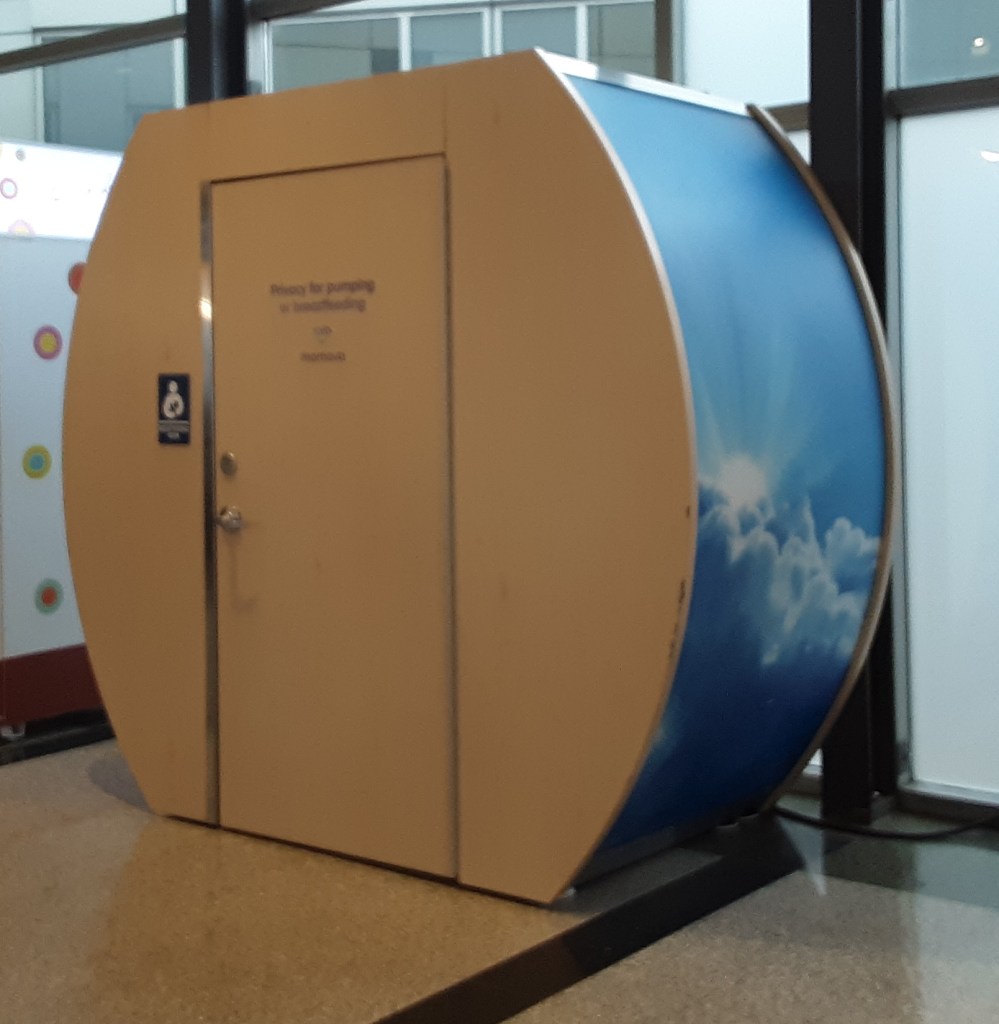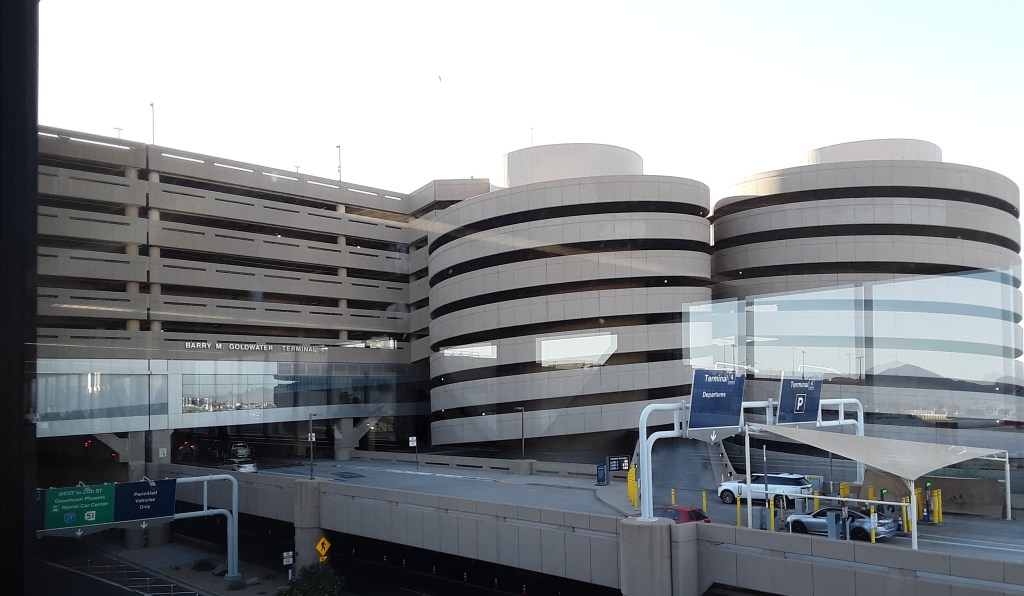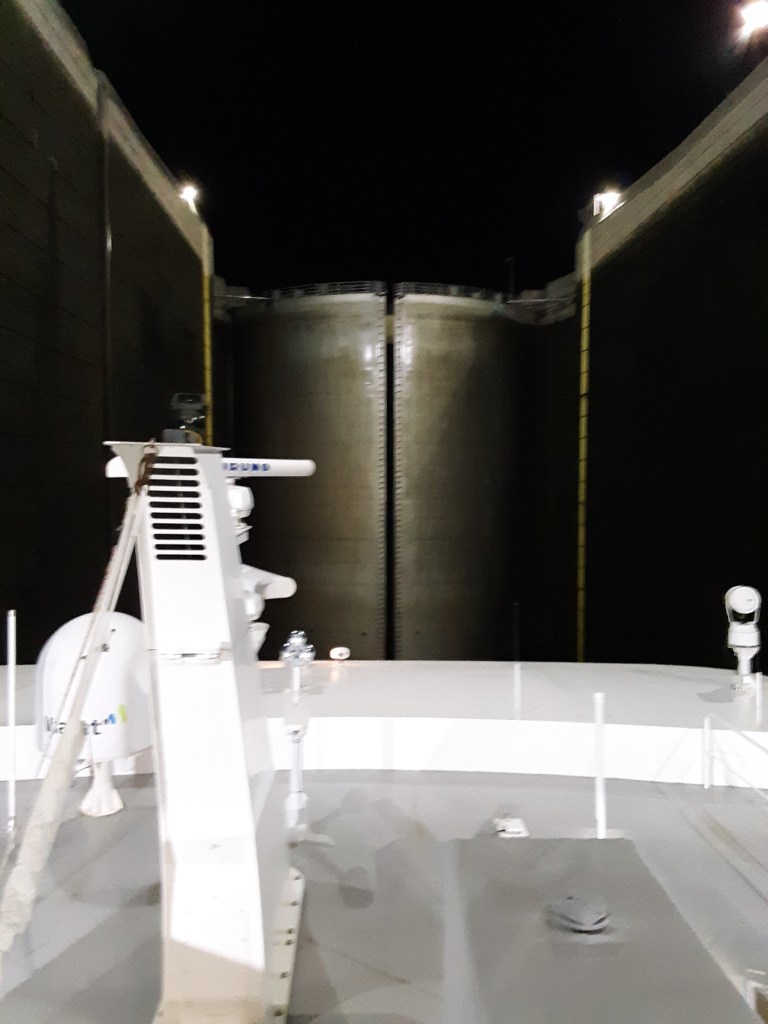Freeway Free in Texas: Canoeing on Caddo
I wake up to the same utter stillness that lulled me to sleep. I walk through lovely wet green woods under maybe-clearing skies to the loo.
Breakfast at 9ish of yogurt, fruit, nuts, and tea,then down to the Park HQ to confirm our arrival, get a parking sticker, pick up post cards, and rent a canoe for the PM.
A note of reality: Caddo Lake State Park is not, strictly speaking, on Caddo Lake. The boat ramp and canoe launch area actually border a small side reach of the lake, Saw Mill Pond. The good news: this sequestered area has no speed boats, no water skiers, and very few really deep areas – a perfect place for a couple of senior ladies, or for families with small swimmers, to try their paddling skills. for a reasonable $7 for a half day’s use, the friendly ranger at the Visitors’ Center gave us directions to the canoe launch area, keys which opened the storage shed full of life jackets and oars as well as our designated canoe. A few false starts (we forgot our hats, went to the wrong boat ramp) and then we found our canoe, donned life jackets, grabbed oars, and launched.

Well, we nearly launched, but ran aground on a cypress knee immediately. Happily, a couple of guys came along, laughed that they had done the same the day before, and pushed us off. I was feeling very unsteady balancing in the canoe in the far front end, and we had to fend ourselves off a number of cypress trees as the wind kept pushing us around. We ran aground again on a buried log in a backwater and were on the point of thinking one of us would have to get out and push, but a hefty shove against a tree got us afloat again. After that we were quite careful about staying in more open water. We were almost alone in the Pond – maybe one family with a couple of children maneuvering at the far end. We admired the shimmering water, and its reflections in the hollows of the trees. We listened to the stillness. We stayed out about an hour, long enough for our backs to feel the effort of paddling, and then ran ourselves into the canoe harbor perfectly.
Next, return the key, find out where to buy an extra propane canister, visit Johnston’s Caddo Grocery and Bait Shop 5 miles down the road, and then it is time for naps, reading, catching up with the expense sheet, and maybe writing a few post cards if we feel ambitious. Quiet is a wonderful sedative.
—-
I didn’t feel ambitious so contented myself with puttering around, until we decided that as we had skipped lunch making dinner early would be appropriate. So I got out the materials for basic glop, crossing my fingers that it could be cooked as well in a saucepan as in a skillet, and with me chopping onions and W browning the meat we had it together and cooking nicely on the Coleman’s stove in a half hour or so. I puttered around interfering with Wnifred’s building of a charcoal-based fire, until we began to smell a scorching at about the time the casserole should have been done. Hmmm. Although I had added some extra liquid to rinse out the tomato can, I did not allow enough extra to account for 1 the noodles being rotini instead of flat egg noodles and thus required Ng more time and 2 the Coleman stove, even at low heat, with only a thin aluminum saucepan to deal with, cooked HOT. so we had a layer of scorched substance on the bottom of the pan, and rather chewy rotini on the top. Still, hunger is the best pickle, and we managed to eat more than half, leaving enough for a second meal if we have appetizers before hand.
After dinner I kept fooling with the fire, as the termperature was dropping and the wind picking up. Although plenty of smoke was generated by the wood we had taken from the firewood rack at the boat dock, the only real flame camer from kindling sticks and pine cones I scrounged from the environment. We brewed some herbal tea and sat and chatted and i kept getting colder, adding a thin but oozy yoga jacket, my warm hat , my Biffy , my longjohn sottoms and my sweatshirt to my costume. By the time we gave up on the fire (a couple of logs had smoldered through, but no real heat generated) and climbed into our cots, i had decided to keep my sweatshirt on, with hood. I should have also kept the long John’s, as my summer pj’s tended to ride up and were no contest for the dropping thermometer (which hit 43 degrees per the Weather app the next day).
[I have had arthritis in my right hip enough to keep me awake both nights – both nights I got up and took an ibuprofen which cut in enough to help me sleep eventually. tomorrow I will be sure to take a famotidine in the AM hoping my “miracle cure” works again. It took a week to wear off from the Omoxxxxxx – or was it the Kathy Smith Aerobic workout? Or is it the hard cot? Or the cold?)





































